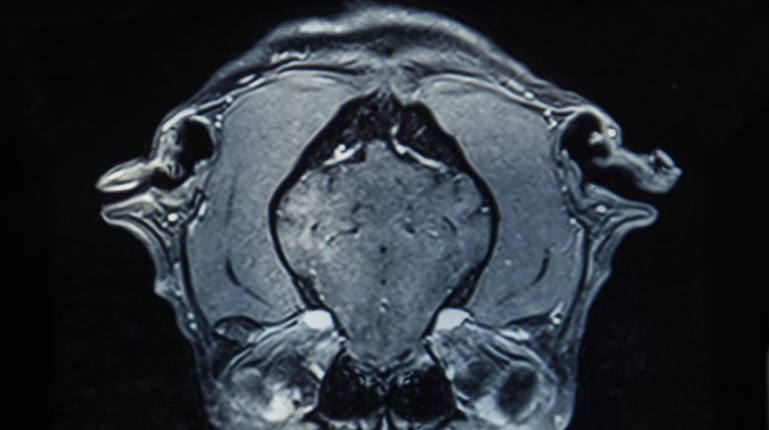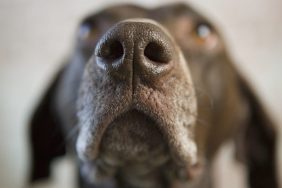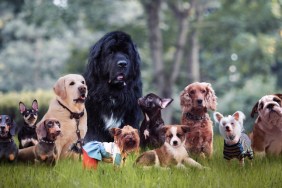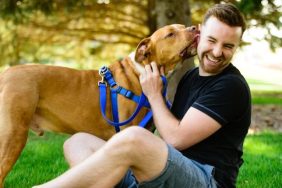Expanding on a recent study, researchers found a “surprising” canine information highway between dogs’ olfactory and visual systems. While we know that dogs are wired for smell, this new map shows just how extensive that wiring is.
The research, published in The Journal of Neuroscience, shows an anatomical description of how dogs “see” the world with their noses. It reveals an extensive connection between the nose and the occipital lobe, the visual processing area of the brain. This canine connection, which links smell and vision, hasn’t been seen in any species, not even humans.
The new brain map is “awesome, foundational work,” Eileen Jenkins, a retired army veterinarian and expert on working dogs told Science News. “To say that they have all these same connections that we have in humans, and then some more, it’s going to revolutionize how we understand cognition in dogs.”
Building the Map
Veterinary neuroimaging researcher Erica Andrews of Cornell University and colleagues mapped 20 mixed-breed dogs and three Beagles’ olfactory brain pathways. With the data from the MRI scans, the researchers identified extensive white matter fibers that carry signals between brain regions (described by one researcher as the brain’s “road network”) by a method known as diffusion tensor imaging.
This canine information highway contains some familiar roads. One of these roads connects the olfactory bulb to brain areas associated with memories and emotions. This includes the just paved road that connects sight and smell. The new road explains why clever canines function extremely well, even without sight. For example, have you ever wondered how blind dogs can still play fetch?
Future Work
“Breeding can affect the shapes of dog brains,” neuroscientist Erin Hecht of Harvard University told Science News.” It would be interesting to see how these olfactory tracts look in different dog breeds, including scent hounds bred and trained for jobs such as hunting, finding disaster survivors, or identifying diseases like cancer or COVID-19, she added. “This study lays a foundation for future work.”
Thanks to scientists like Andrews and Hecht, we are just at the beginning of discovering our furry friends’ secret talents.









